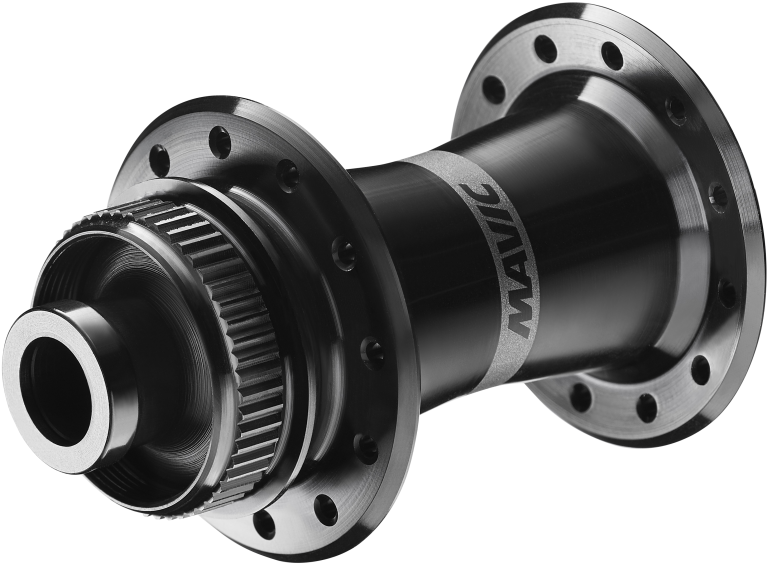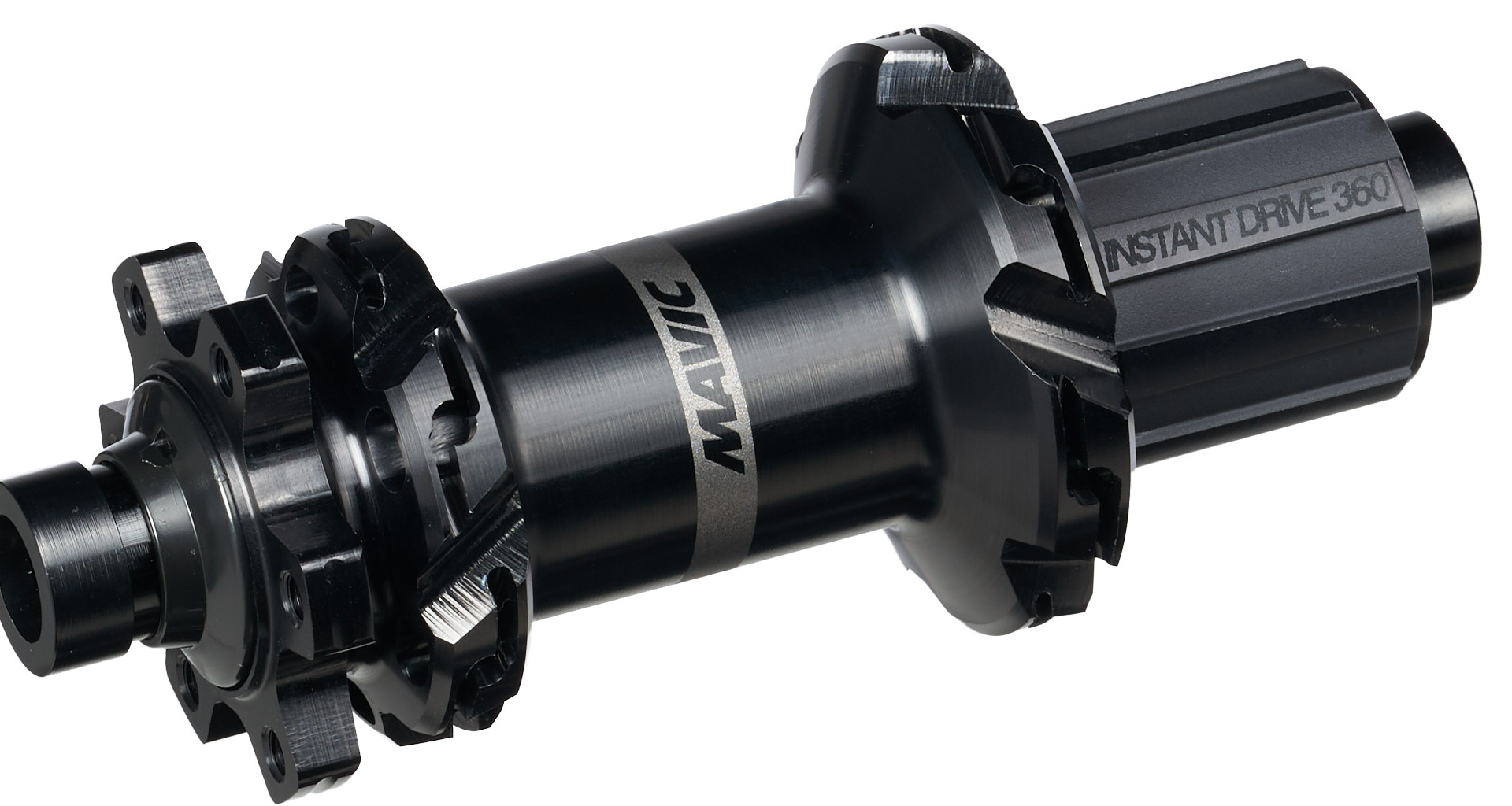How do you maintain and extend the life of your mountain bike hubs?
Regular maintenance of hubs is crucial, especially for mountain bikes where they are exposed to mud, dust and water. We recommend that you regularly clean the outside, check the condition of the bearings and, if necessary, grease or replace them. Particular attention should be paid to the sealing of hubs to prevent the ingress of water or dirt, which could affect the bearings and shorten the life of the hub.

